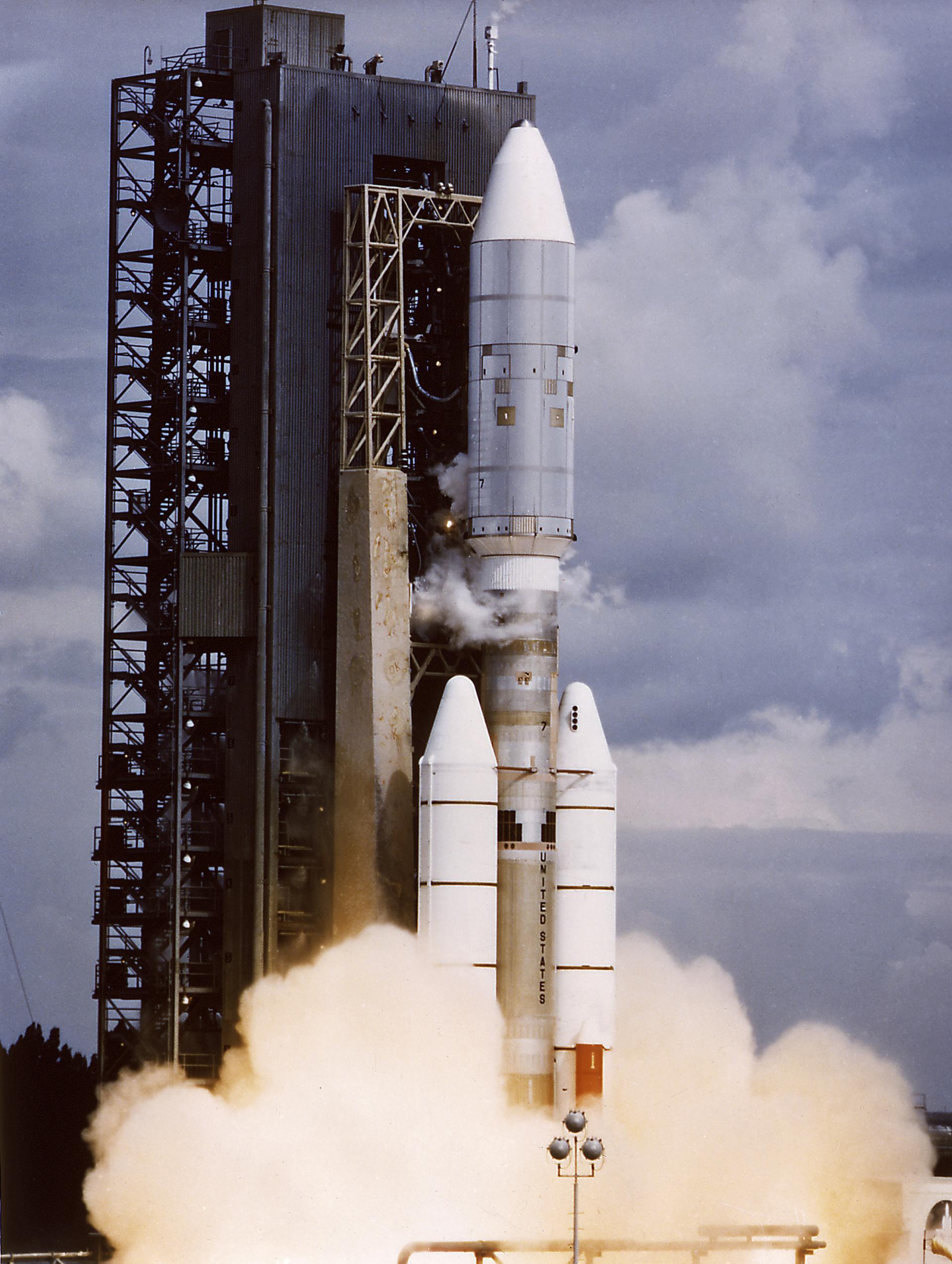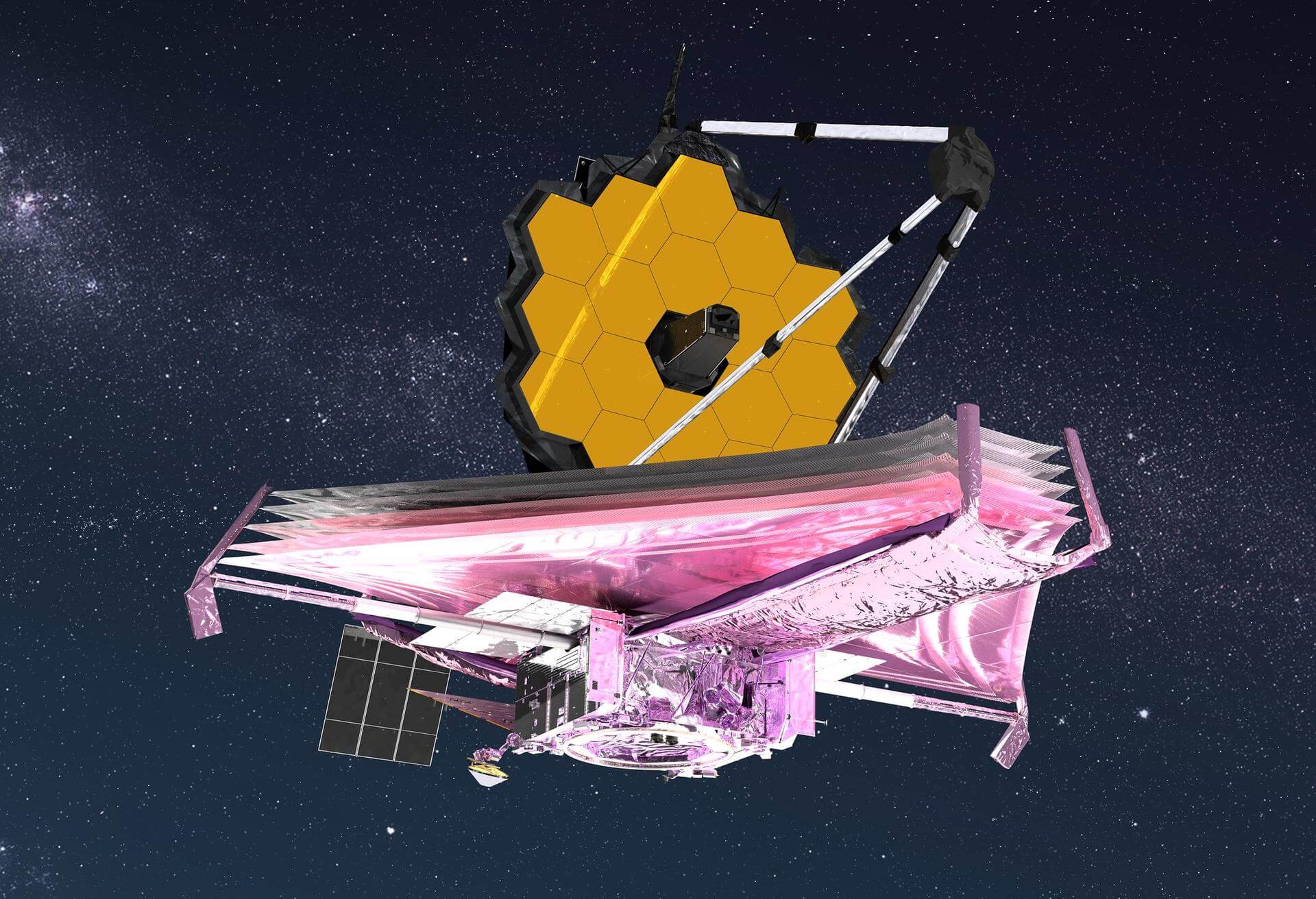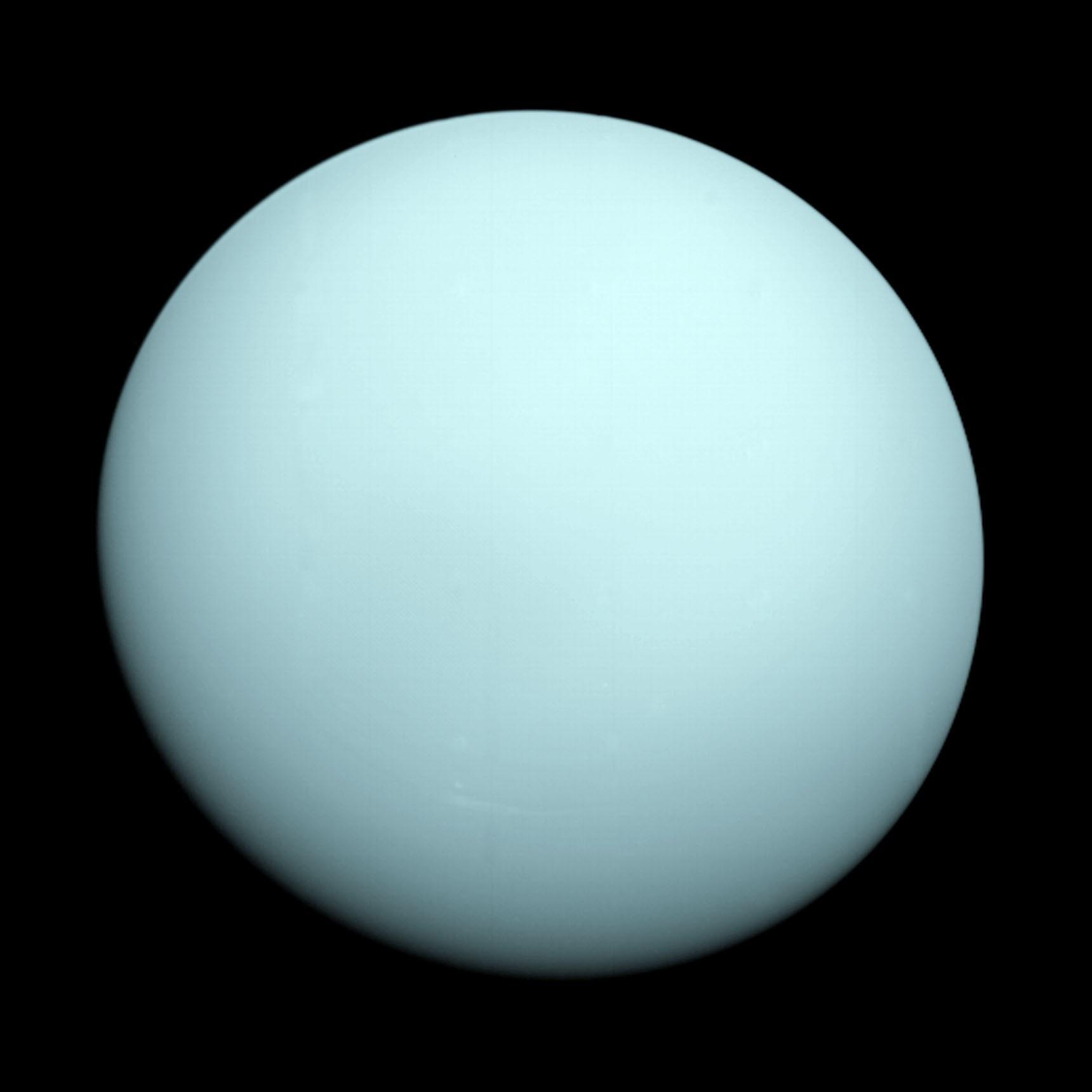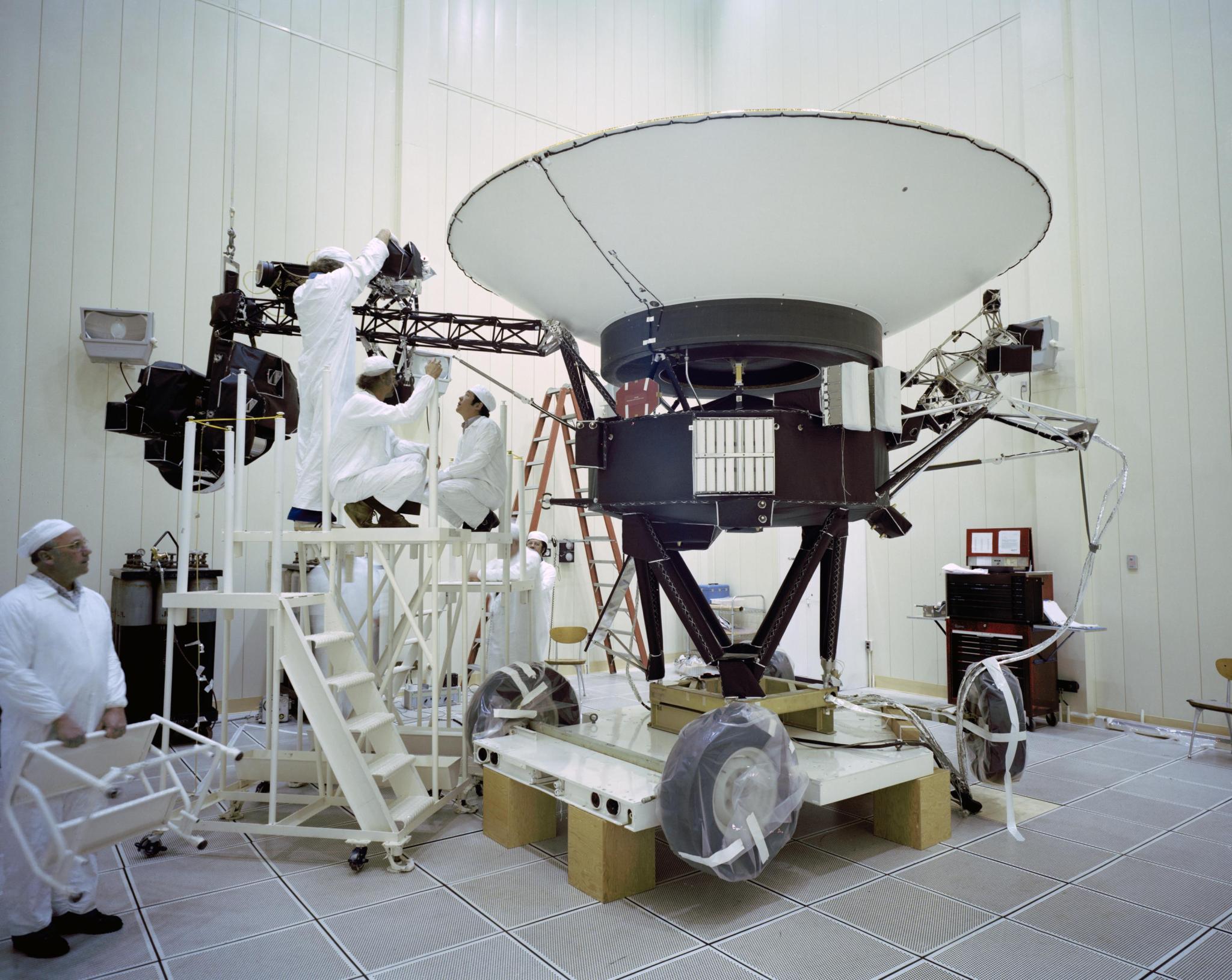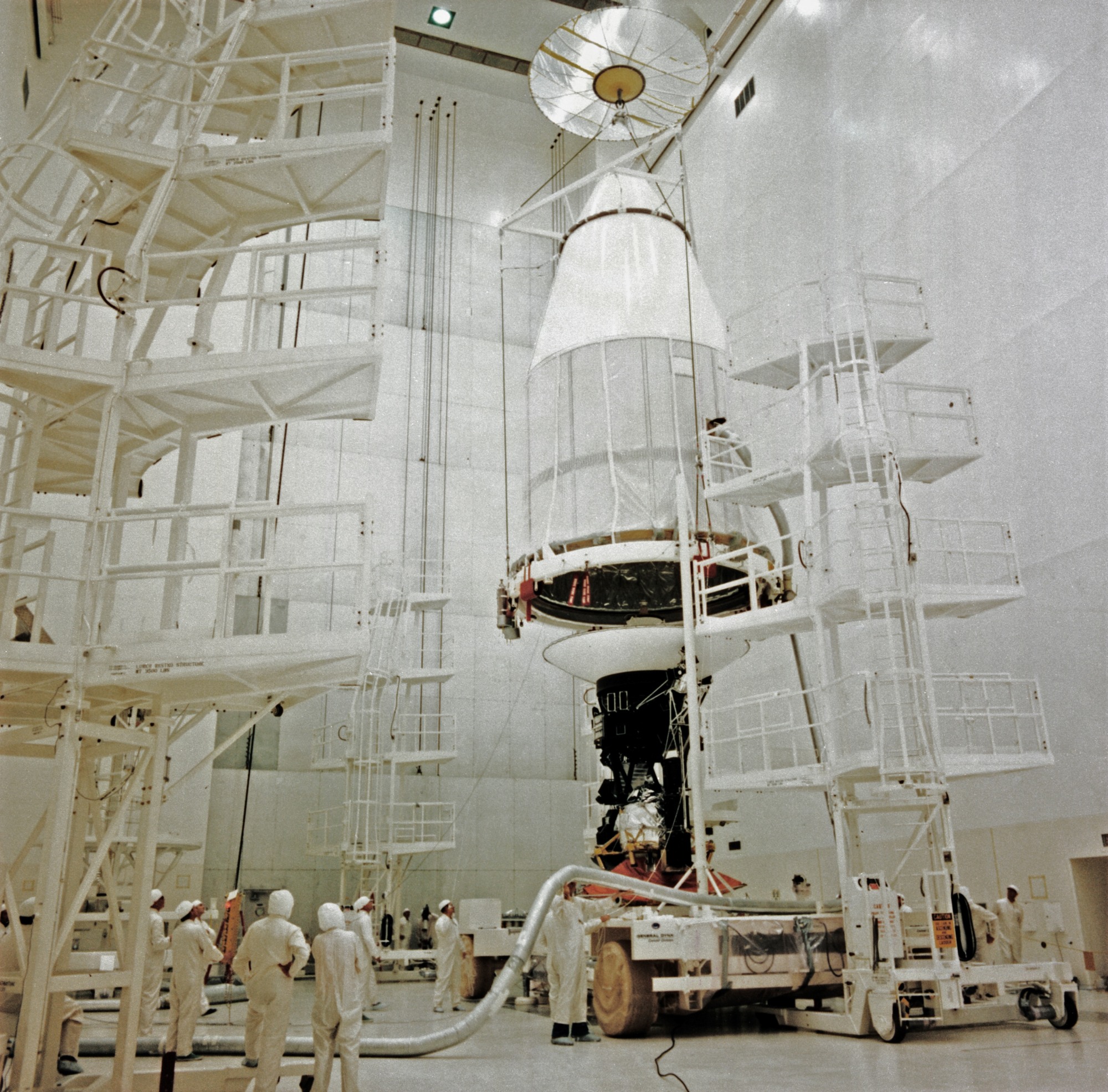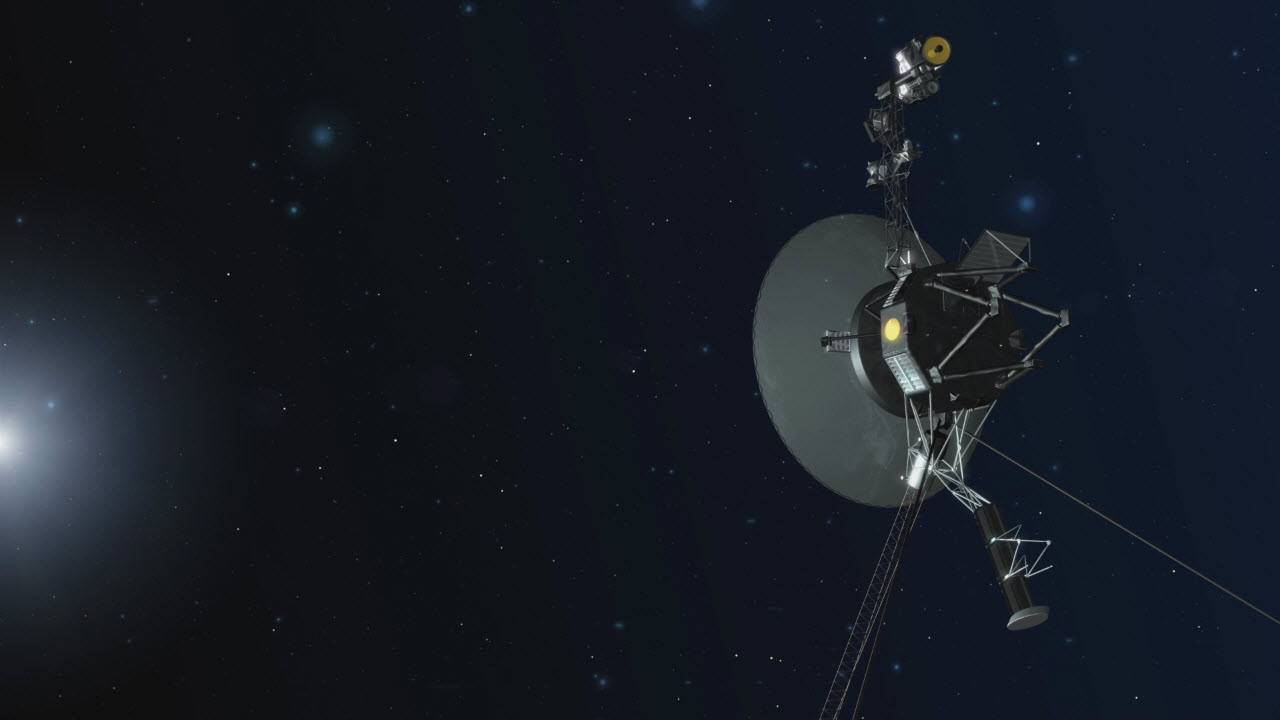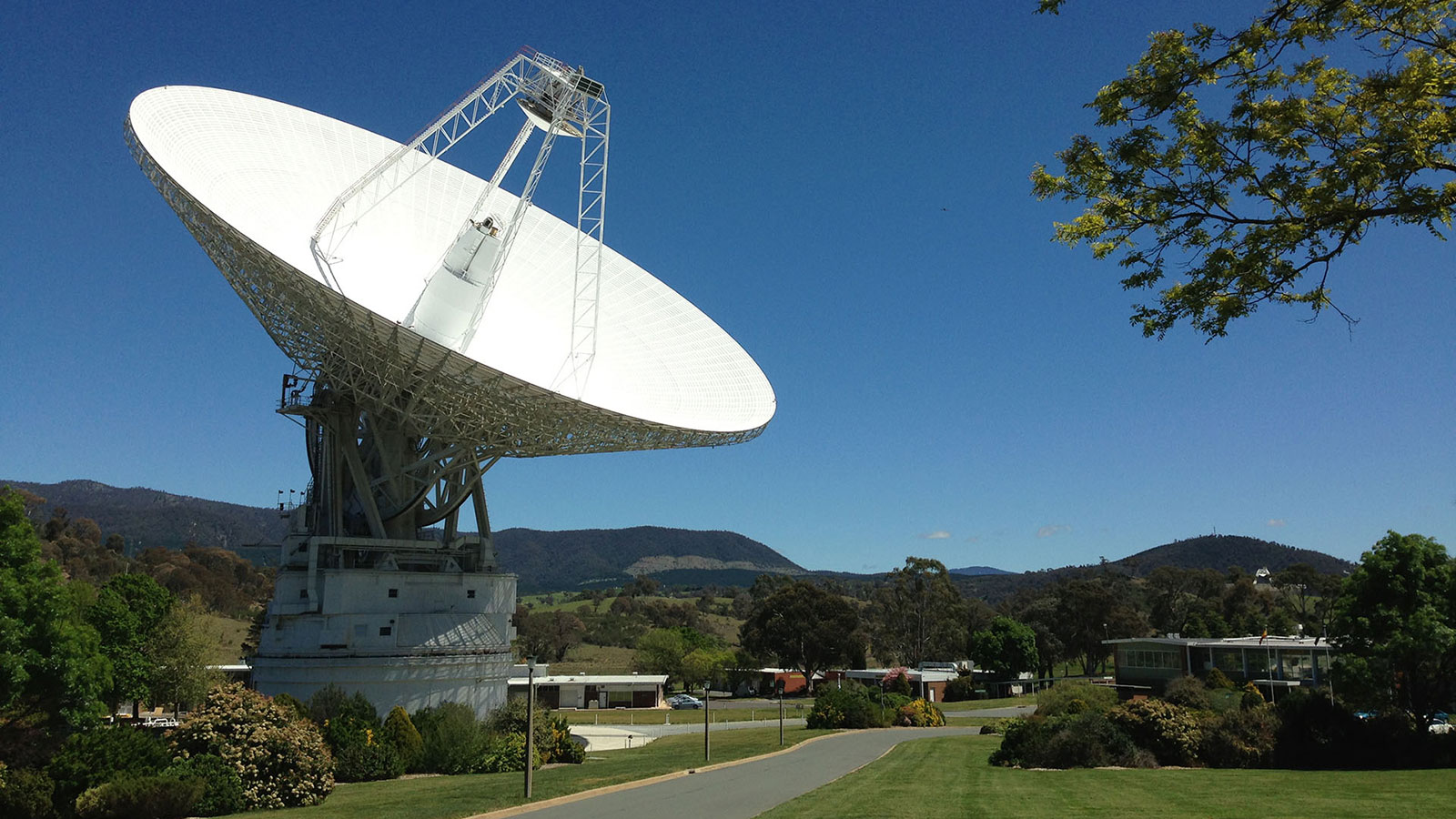Titan IIIE | Voyager 2
Space Launch Complex 41
Cape Canaveral SFS, FL, USA
T?
--
Days
:
--
Hours
:
--
Mins
:
--
Secs
Date Loading...
Lockheed Martin
Lockheed Martin's Space Division started in the production of missiles and later ICBM's in the 1950s. Their TITAN missile system was used for 12 Gemini spacecraft and the Voyager probes. They have worked largely in collaboration with NASA on many of their probes, landers, and spacecraft, and hope to play a key role in NASA's return to the moon in 2024.
Voyager 2
Voyager 2 is a space probe launched by NASA on August 20, 1977, to study the outer planets. Part of the Voyager program, it was launched 16 days before its twin, Voyager 1, on a trajectory that took longer to reach Jupiter and Saturn but enabled further encounters with Uranus and Neptune. It is the only spacecraft to have visited either of the ice giants.
Titan IIIE
Height 48.80 Meters
Max Stages 4
Mass To GTO 0 kg
Liftoff Thrust 12991 kN
Diameter 3.05 Meters
Mass To LEO 15400 kg
Liftoff Mass 632 Tonnes
Launch Success 6
Consecutive Success 6
Maiden Flight 1974-02-11
Launch Failures 1
Programs
NASA Large Strategic Science Missions
NASA's large strategic science missions or large strategic missions, formerly known as Flagship missions or Flagship-class missions, are the costliest and most capable NASA science spacecraft. Flagship missions exist within all four divisions of NASA's Science Mission Directorate (SMD): the astrophysics, Earth science, heliophysics and planetary science divisions.
Related News
2024-11-11T16:00:25+0000
NASA
Mining Old Data From NASA’s Voyager 2 Solves Several Uranus Mysteries
2024-11-04T20:33:06+0000
NASA
Still Kickin’ Since the ’70s: NASA’s Voyager Mission Keeps Exploring
2023-08-04T21:19:07+0000
Arstechnica
Voyager 2 phones home and says everything is cool
2023-08-04T20:07:25+0000
The Launch Pad
VOYAGER 2 FULL COMMUNICATIONS RESTORED AFTER INTERSTELLAR SHOUT FROM NASA DSN
2023-07-28T16:24:47+0000
Arstechnica
NASA temporarily loses contact with one of its most distant spacecraft
2023-07-28T15:28:14+0000
The Launch Pad
NASA Looses Contact With Voyager 2
2023-04-26T10:00:00+0000
Jet Propulsion Laboratory
NASA’s Voyager Will Do More Science With New Power Strategy
2020-11-03T18:27:04+0000
Arstechnica
NASA calls Voyager 2, and the spacecraft answers from interstellar space
2018-12-10T13:00:00+0000
NASA
NASA’s Voyager 2 Probe Enters Interstellar Space
2018-12-09T23:00:00+0000
SpaceNews
Voyager 2 enters interstellar space
2018-11-14T23:00:00+0000
Space.com
Voyager 2 Creeps Closer to the Edge of the Solar System
2018-10-04T22:00:00+0000
Space.com
